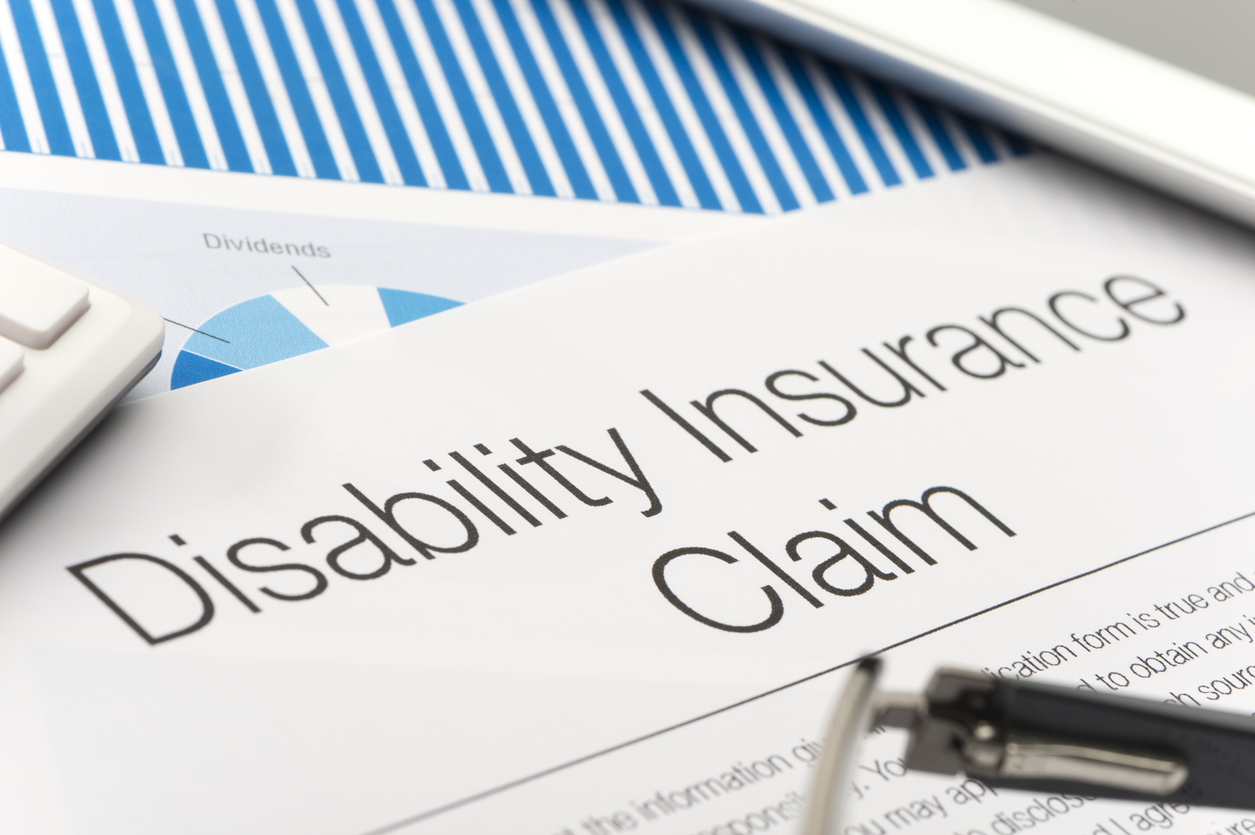It is not uncommon for someone seeking Social Security disability benefits to have multiple medical conditions, and not just one. There may be one central condition that is disabling, or multiple conditions may all play a contributing role in preventing a person from engaging in substantially gainful activity. When applying for disability benefits, be sure to detail all of your medical conditions, including the ones that may be more minor to the more serious conditions.
The SSA will consider the combined impacts of all of your medical conditions, from the more severe to the non-severe, when rendering a decision on whether to approve your application for benefits. The combined effects of your multiple medical conditions will be assessed by the SSA in a multi-step, sequential evaluation process. Here, we will explain more about how your disability claim will be evaluated should you have multiple medical conditions.
How Is My Disability Claim Evaluated When I Have Multiple Medical Conditions?
In evaluating your disability claim, the SSA will begin by asking whether you are currently engaging in substantial gainful activity. This will be evaluated based on the number of your monthly earnings. Should you not be engaging in substantial gainful activity, the SSA will move onto the next step in the application evaluation process where the medical evidence you provided to them is evaluated. The SSA will use this evidence to decide whether you have a severe impairment or whether you have a severe combination of impairments.
A severe impairment is considered to be one that substantially impacts your ability to perform either physical or mental work tasks. These tasks can range anywhere from lifting and bending to focusing and the ability to follow directions. On the opposite side of things, a non-severe impairment is considered to be one that has no more than a minimal effect on a person’s ability to work.
If you have a severe impairment or a severe combination of impairments, your claim will proceed to the next step in the evaluation process. If you are not engaging in substantial gainful activity and it is found that you have a severe impairment or a severe combination of impairments, the SSA will go on to determine whether your condition meets the requirements set forth in the “Blue Book.” The Blue Book outlines serious medical conditions that, when the criteria stated in the Blue Book are met, will automatically qualify an applicant for disability benefits.
Should you not automatically qualify for disability benefits by meeting the Blue Book requirements, you can still be approved for benefits, but the SSA will go on to assess your Residual Functional Capacity (RFC). RFC refers to the most work activity a person can do. It includes the ability to do both mental and physical work activities despite the symptoms caused by your medical conditions. The SSA will evaluate whether your RFC would prevent you from performing jobs you have held in the past and whether your RFC would prevent you from retaining other occupations. Listing all of your medical conditions can greatly increase your chances of being approved for benefits based on your RFC.
Disability Attorney
Disability applications are complicated. Having multiple medical conditions is also complicated. Navigating the disability claims process can be extremely complicated. Get the help you need at Roeschke Law. We are not only here to help you understand the Social Security disability process, but also to successfully navigate the process. Contact us today.
